Cockroaches are ancient insects. The cockroach taxonomy started about 275 million years ago in the Paleozoic era. Although they are generalized as a well-known pest, most species of cockroaches do not have any interaction with humans. Why do roaches exist? What is their purpose?
Why do cockroaches exist? Roaches serve many purposes, including soil quality improvement (organic material and soil microbes). Roaches are a global food source for wild and domestic animals. Roaches are both pets and food for humans. Cockroaches are also used in medical and scientific research.
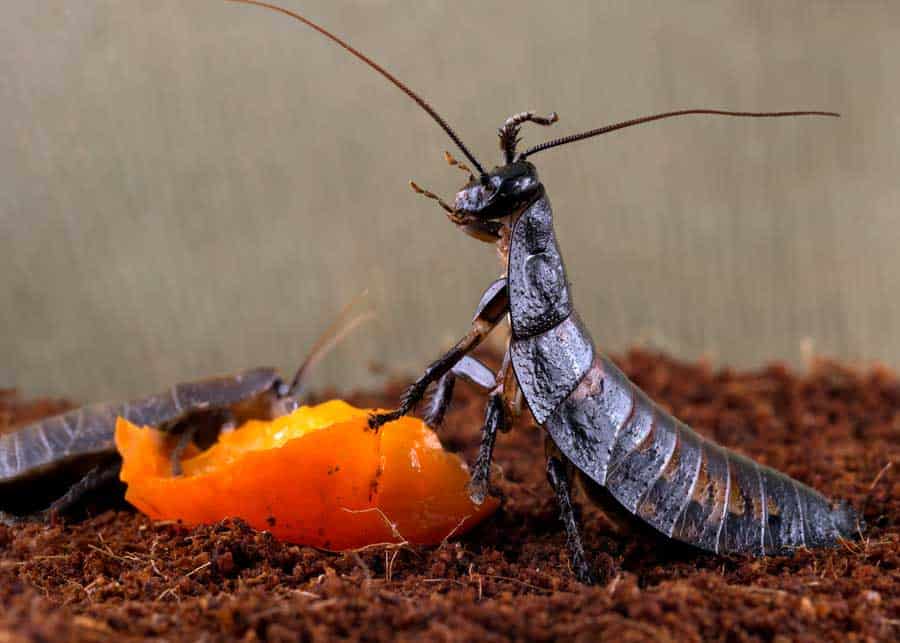
This article is part of our huge set of information about cockroaches.
Table of Contents
Why Do Cockroaches Exist? 10 Purposes
These prolific insects have their merits, serve ecological purposes, and aid humans in scientific pursuits.
1. Soil Relations
Cockroaches are recognized as soil fauna. In nature, cockroaches eat decaying plant matter, making them a primary consumer in their ecosystem.
Cockroaches have an important relationship with the microbes that facilitate decomposition in that they help alleviate the constraints that restrict microbes from performing their ecological role. These constraints are lack of locomotion and dependency on water.
Microbes cannot move independently and, as a result, are dormant most of their lives due to not having any matter to break down. Cockroaches help get leaf litter to microbe populations by breaking up and scattering pieces as they feed.
Cockroaches can also carry microbes to new areas where they can break down more decaying matter.
Water dependency is another factor that limits microbial function. The gut of cockroaches provides a favorable environment for various microbes, including soil microbes. If microbes can survive the digestive activity in the cockroach, they will be transported to other areas via droppings.
The cockroaches’ feces are also great food sources for these microorganisms—among many others. Cockroach droppings may be an important way of returning nutrients to the soil.
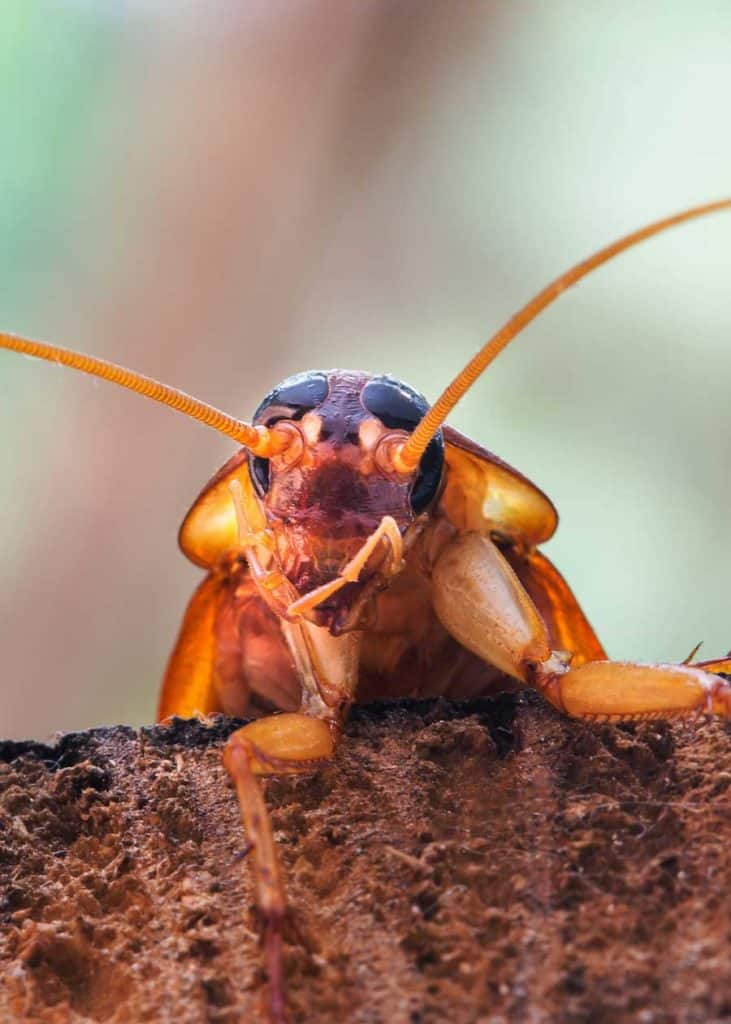
2. Food Source
In tropical climates, the cockroach family (Blattodea) is thought to be the largest group contributing to insect biomass.
Being the most prolific group of insects in those areas, it can be inferred that most insectivores rely on cockroaches for food.
Here are 18 top roach predators.
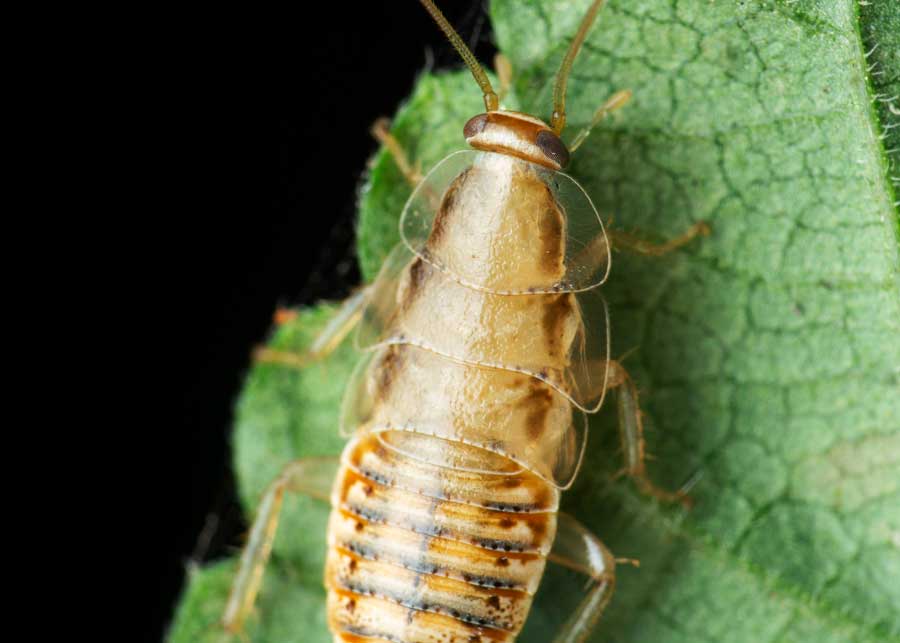
3. Desert Decomposers
Cockroaches found in arid environments have a substantial impact on nutrient flow.
Cockroaches break down plant matter and process it into a state easily decomposed by microorganisms.
Two genera of cockroaches find themselves as the main consumers of plant matter in certain deserts.
One in the deserts of Turkmenistan, and the other in the Mediterranean coastal desert of Egypt.
In Egypt, cockroaches in the genus Heterogamia are the most abundant detritivores—animals or insects that feed on decaying organic matter.
These cockroaches have the highest population of desert arthropods and makeup 82% of arthropod biomass found under desert shrubs.
4. Source of Protein for Domestic Animals
There are farmers in China who raise cockroaches instead of livestock.
These operations are not plentiful yet, but there are estimated to be around 100 cockroach farmers in China, potentially producing billions of cockroaches for various uses across many occupations.
One use is as organic animal feed.
As of 2020, this idea was still in its early stages, but the head of the project has high hopes.
Cockroaches are a source of protein and feeds based on these insects would be healthier for livestock and the environment, not to mention our struggles with antibiotic resistance.
5. Medicinal and Beauty Uses
Cockroaches have an established use in medicine. In the 1800s, a traveling journalist encountered a cockroach tea used to treat tetanus in the southern part of the United States.
Crushed cockroaches are used in several types of Chinese medicine as well. Some medicines and medical cosmetics have cockroaches in their ingredient list. And creams made with crushed cockroaches are supposed to help heal scars.
6. Medical Research
Cockroaches and their immune systems have caught the attention of a few researchers. Testing cockroach populations in controlled experiments have shown that cockroaches have a more advanced immune system than other insects with shorter lifespans.
American cockroaches specifically have shown that they have some immune responses similar to humans. In an experiment performed by Richard D. Karp, a scientist who spent half a decade experimenting with colonies of cockroaches, cockroaches were vaccinated with inactive toxins that would normally be fatal. When injected with an active version of the toxin, vaccinated cockroaches had an 85% survival rate—far higher than the survival rate of unvaccinated cockroaches.
Though these studies have not yet been completed—the team still has yet to completely isolate what is acting as an antibody—the knowledge of how these insects become resistant to the parasites they pass to humans could be significant.
Some topics that have been researched include the temperature resiliency of roaches, the roach’s ability to survive a nuclear blast, and how long a headless roach can live.
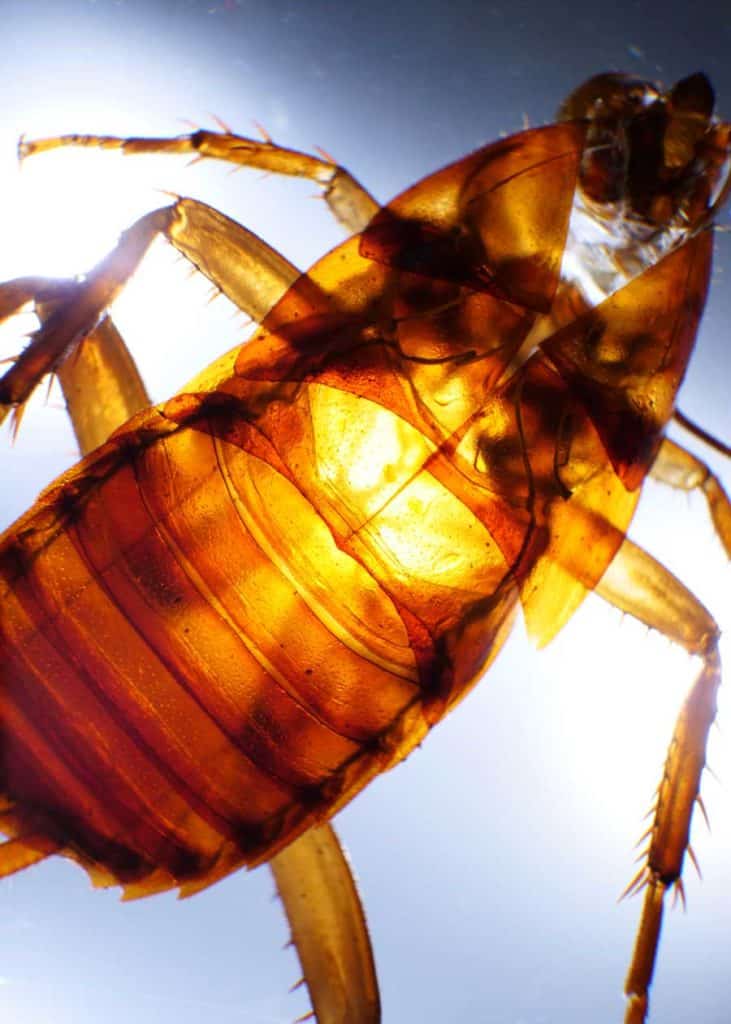
7. Scientific Advancement
The cockroach is not only used as a healing ingredient, live cockroaches have inspired various improvements in robotics and other fields of science.
Robotics students at John Hopkins University study these little creatures to better understand their locomotion and think of ways to create robots that can navigate terrain humans cannot.
Cockroaches inspired the creation of a six-legged robot with improved mobility in 1999. The creator, Prof Robert Full, saw the anatomy of the insect’s legs and segmented exoskeleton and how that aided their movement.
Researchers have also looked at the legs of the cockroach for ways to improve prosthetics.
8. Data Collectors
Scientific advancements led to the creation of cyborg cockroaches: a mesh of live cockroaches and a computer that enables people to control the cockroach’s movement.
This robotic roach explores hard-to-reach places and collects data with the guidance of its human commanders.
A group of university students in 2015 used human thoughts—turned into electrical impulses—to send directional signals to these cyborg cockroaches.
9. Pets
There are approximately 7,200 described species of cockroaches, and only a few of these are the kind we see as pests. Most species of cockroach don’t come into contact with humans.
Many other cockroaches are common pets in many parts of the world. Hissing cockroaches are a popular class pet in American schools.
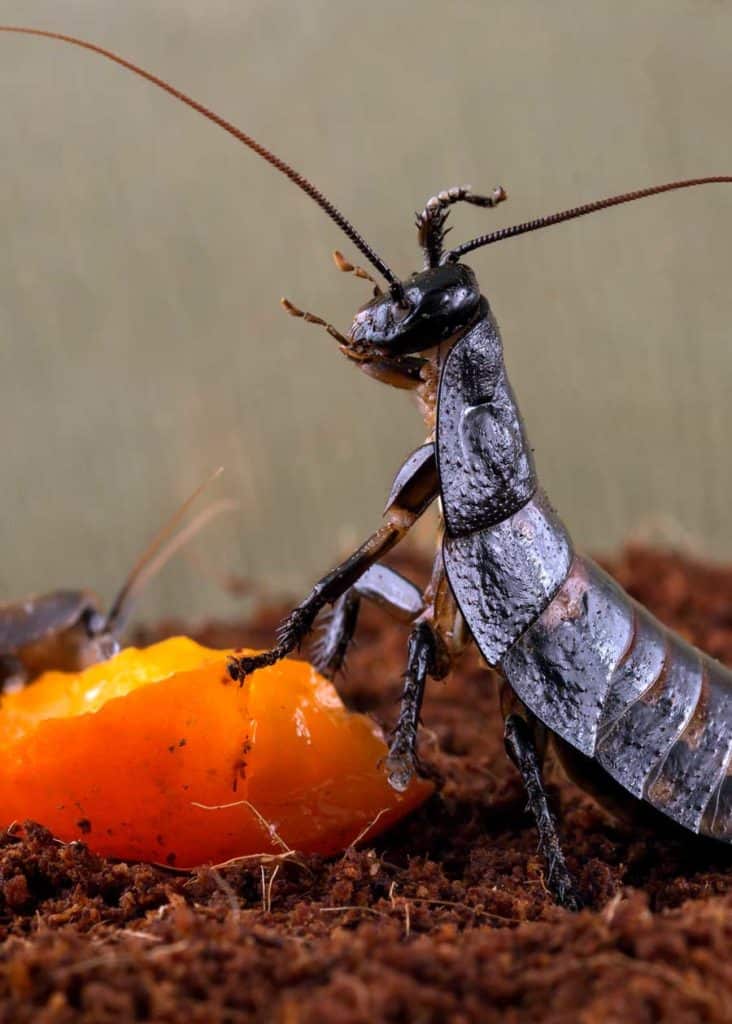
In Havana, Cuba, the native Cuban cockroach is sometimes kept as a household pet. This bright green bug is also found in Cuban folklore: in one story a cockroach appears as a beautiful lady trying to choose between her suitors.
While the pest species of cockroaches may bring disgust and shame upon the whole family, many lesser-known types can be harmless and even beautiful.
10. Human Food Source
While not globally consumed, roaches are commonly eaten by humans in a number of countries.
Facts and Other Information
- Female cockroaches have developed aversions to sweet tastes due to the use of sweet-tasting insecticides, which has impacted their mating and evolution. Males used to produce a sweet liquid to lure in females to mate with, males around sweet-adverse females have started producing less sweet offerings.
- Exposure therapy is considered the most effective treatment for a phobia of cockroaches (Katsaridaphobia).
- The word “cockroach” appeared in English in the 1620s. Evolving through folk etymology from the Spanish word “cucaracha” meaning “chafer, beetle.”
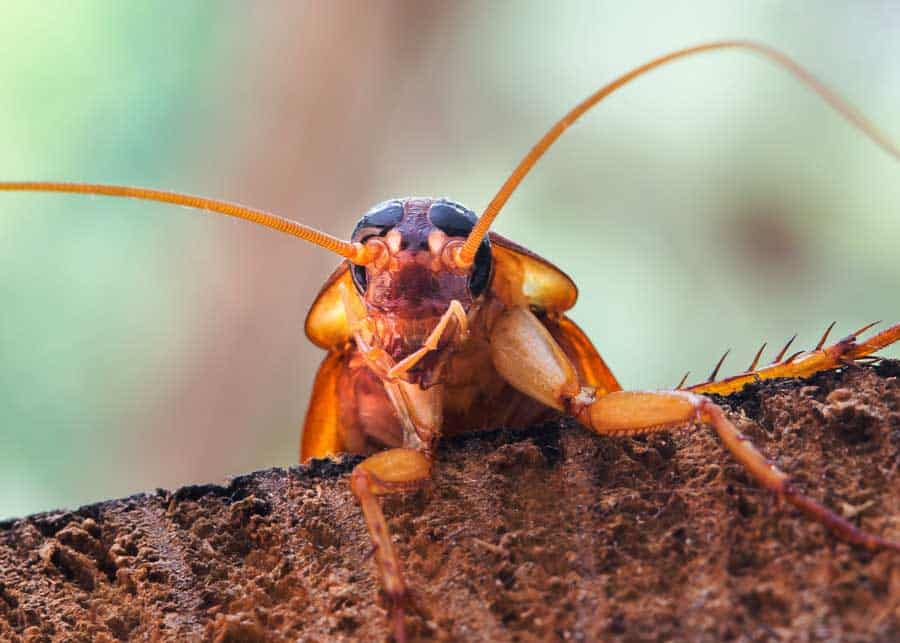
Cockroaches exist to improve soil quality, by breaking down organic material and feeding and transporting soil microbes. Cockroaches also serve as an important food source for animals and insects on every continent. Roaches are also a food source for domestic animals and humans. They are also used in medical and scientific research and work as data collectors.
Your turn
Though most of the cockroaches we see in our day-to-day life are going to be pest cockroaches, knowing that they have a purpose—albeit one less relevant in homes—may help you feel a bit better about these little creatures.
Do you know of another purpose that roaches serve? Please share your ideas about why cockroaches exist below.
- About the Author
- Latest Posts
Bryan Haines is a co-founder and writer at The Buginator. And is working to make it the best resource for taking back the outdoors from biting, stinging pests.
He also blogs about travel at Storyteller.Travel and photography at Storyteller Tech. Bryan is a partner at Storyteller Media, a publishing company he runs with his wife, Dena.

Andrew
Tuesday 26th of September 2023
Great info, thanks! It helps to know about the purpose they serve when seeing the little buggers in the apartment building basement.